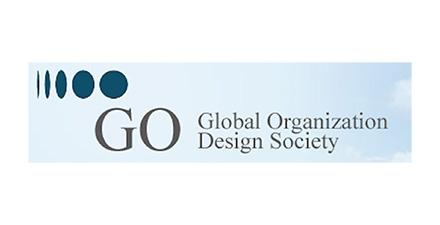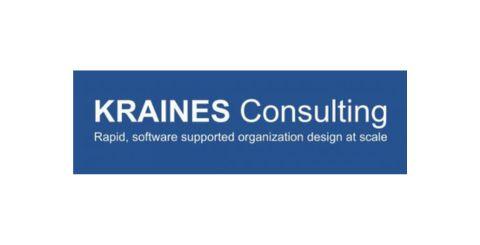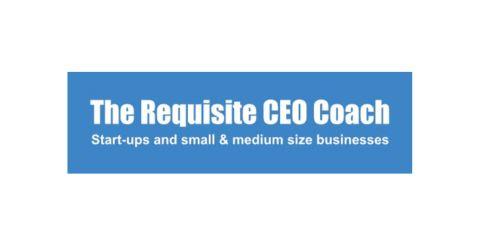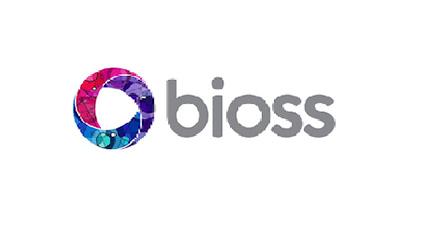Managerial Leadership Capability and Organizational Performance
The Relationship between Predecessors' And Successors' Potential Capability and Organizational Performance Following a Succession in Family-Owned Businesses
Obtain this book
To download a digital copy of this book for free
You need to register for a free GO Society web site account if you don't already have one at https://globalro.org/user/register. Then log into your account at https://globalro.org/user/login. Next, return to this page and you will be able to see and download the file.
Family-owned businesses employ approximately 48% of the work force and account for approximately 50% of the gross national product. It is estimated that during the next 15 years that 68% of family business owners will transfer control. With the number of family-owned businesses transferring ownership, it is extremely troubling that only a small percentage survive beyond the first generation.
Although researchers agree that a successor's capability is important to the survival of the family-owned business, they have not explored methods for identifying and measuring an individual's capability. Therefore, the purpose of this study was to identify, explore and describe the nature of the relationship between differences in the potential capability, as defined Elliott Jaques, from predecessors to successors and differences in the performance of a family-owned business from succession to post-succession.
The findings show that the difference in the potential capability (PC) between predecessor and successor was significantly associated with business performance in the third year following a succession. In addition, Jaques proposes that in order for individuals to apply their full PC, they must be fully committed to their work and have the necessary skills and knowledge. Therefore, qualitative data was obtained to identify cases in which the subjects were not fully committed to their business or did not have the necessary skills and knowledge. The analysis showed that individuals' commitment, skills and knowledge, in addition to PC, impacts their applied PC.
Consequently, the study provides exploratory evidence that family business owners should consider a successor's PC, along with other factors, when deciding who will take over the business.
The study provides a basis for continued research in the application of Jaques' Stratified Systems Theory in family-owned businesses, both examining other factors quantitatively and extending the present research to a sample that permits generalization to the population as a whole.
Although researchers agree that a successor's capability is important to the survival of the family-owned business, they have not explored methods for identifying and measuring an individual's capability. Therefore, the purpose of this study was to identify, explore and describe the nature of the relationship between differences in the potential capability, as defined Elliott Jaques, from predecessors to successors and differences in the performance of a family-owned business from succession to post-succession.
The findings show that the difference in the potential capability (PC) between predecessor and successor was significantly associated with business performance in the third year following a succession. In addition, Jaques proposes that in order for individuals to apply their full PC, they must be fully committed to their work and have the necessary skills and knowledge. Therefore, qualitative data was obtained to identify cases in which the subjects were not fully committed to their business or did not have the necessary skills and knowledge. The analysis showed that individuals' commitment, skills and knowledge, in addition to PC, impacts their applied PC.
Consequently, the study provides exploratory evidence that family business owners should consider a successor's PC, along with other factors, when deciding who will take over the business.
The study provides a basis for continued research in the application of Jaques' Stratified Systems Theory in family-owned businesses, both examining other factors quantitatively and extending the present research to a sample that permits generalization to the population as a whole.
Document Info:
This Ph.D. Dissertation is presented in searchable PDF format and is approximately 1.7 MB in file size and 151 pages in length .
Dissertation: 1997, Ph.D. (Dept of Management Science), The George Washington University, United States





